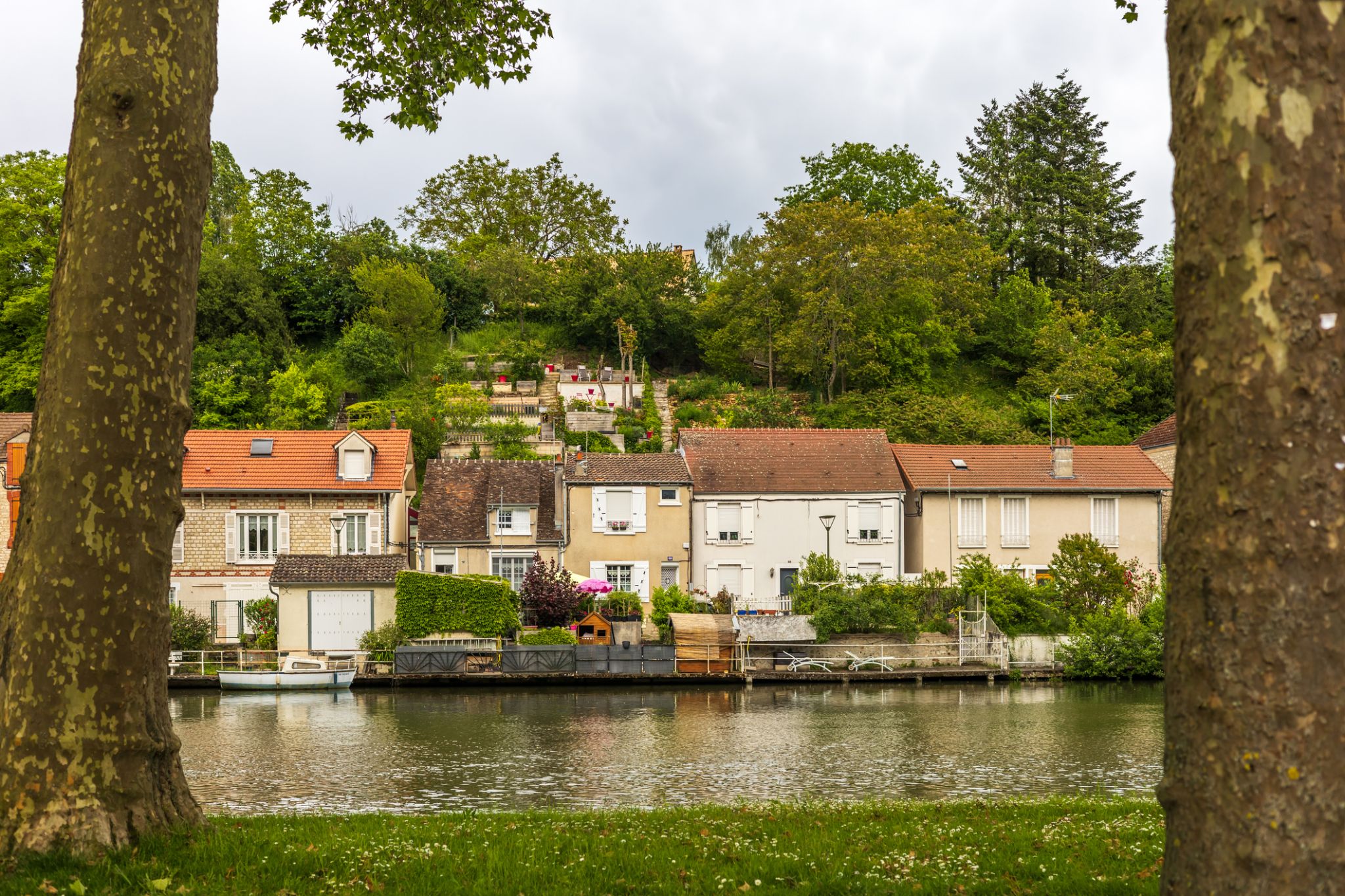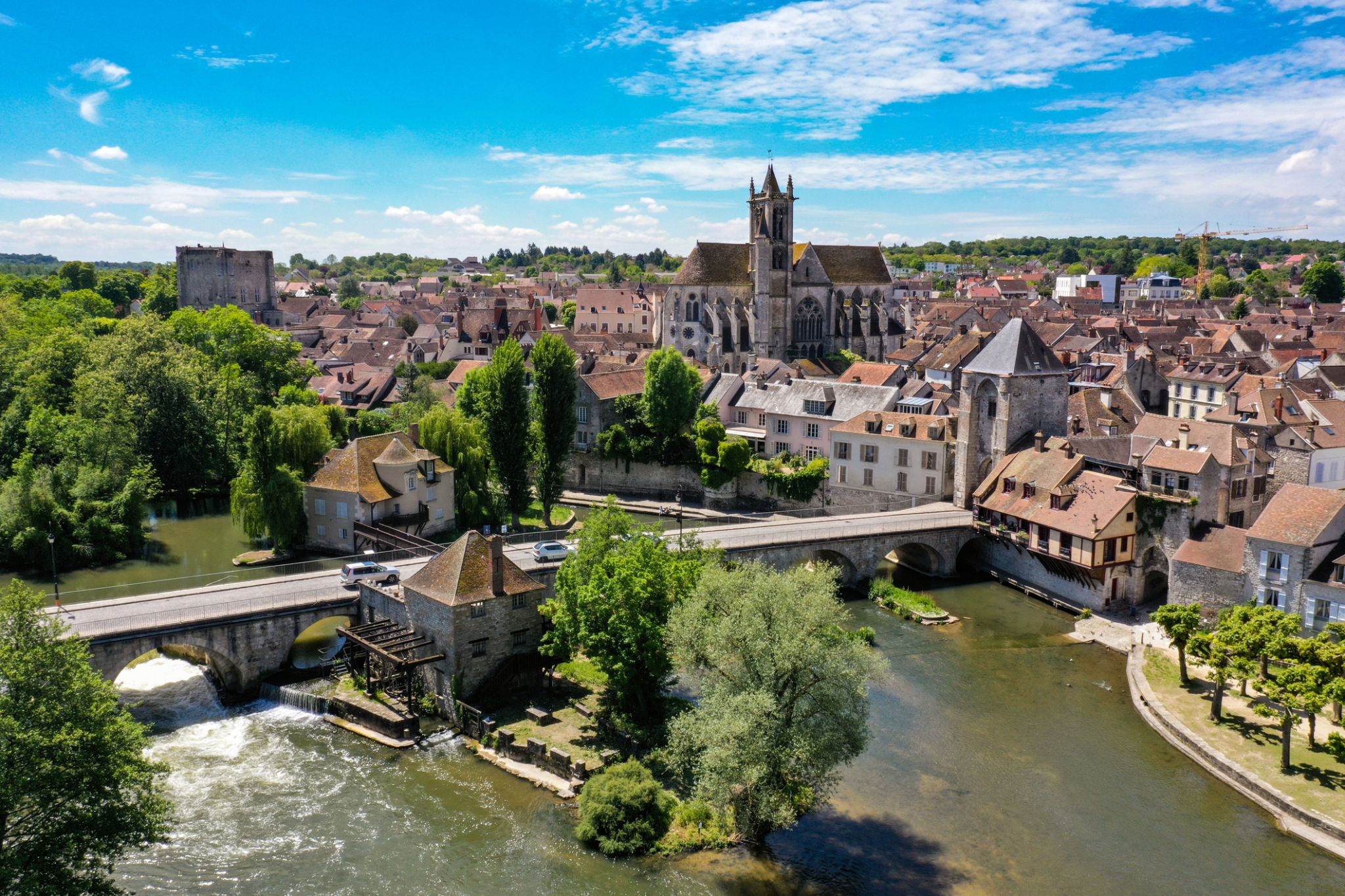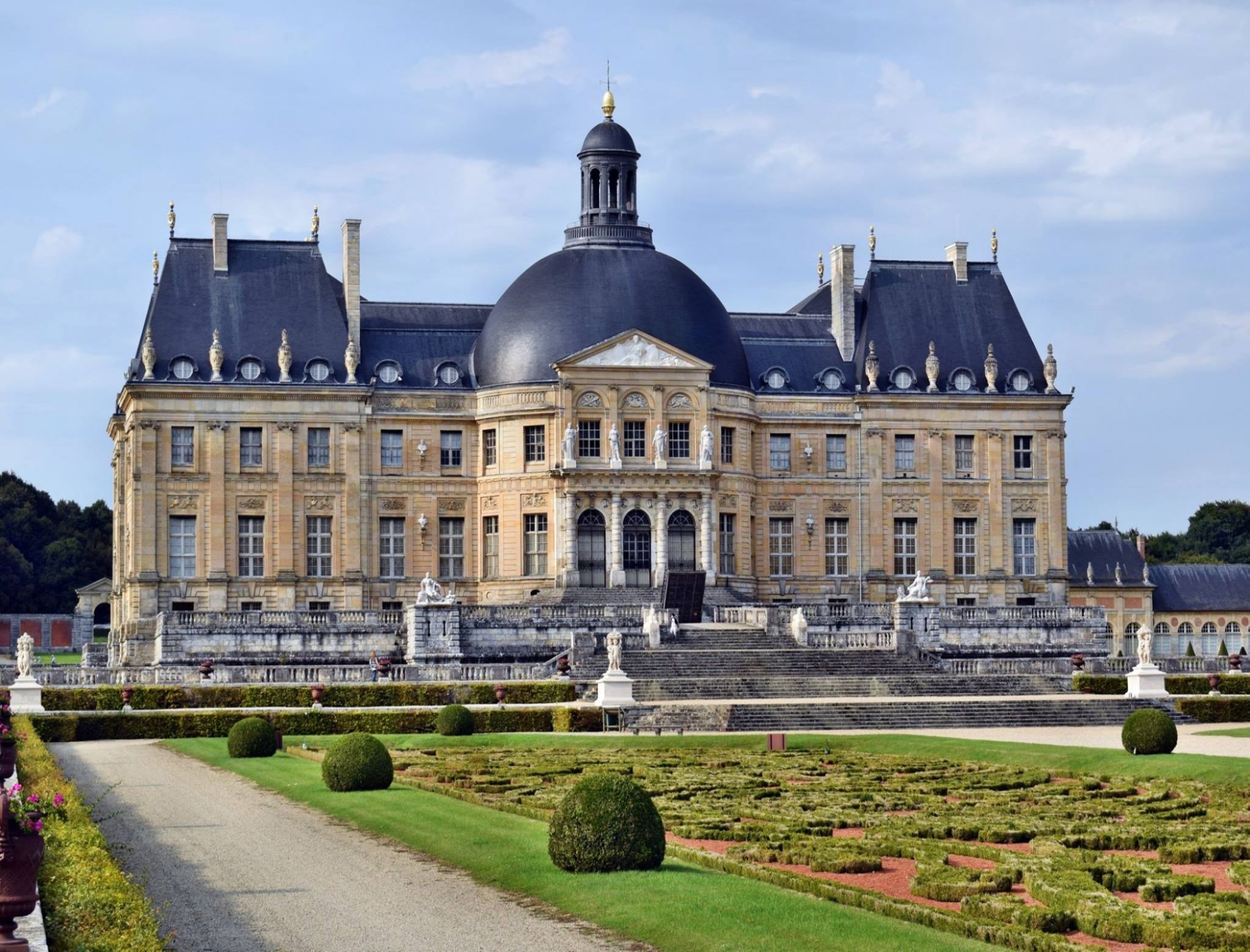

| Region rejsu : Europa |
| Firma : Croisi Europe |
| Statek : Ms Déborah |
| Data rozpoczęcia : śr. 12 sie 2026 |
| Data zakończenia : wt. 18 sie 2026 |
| Liczba nocy : 6 nocy |
| Dzień | Data | Port | Wypłynięcie | Odpłynięcie |
|---|---|---|---|---|
| 1 | 12.08 śr. | Sens / Francja | 18:00 | |
| 2 | 13.08 czw. | Sens / Francja | 11:20 | |
| 2 | 13.08 czw. | Cannes-Écluse | 17:30 | |
| 3 | 14.08 pt. | Cannes-Écluse | 09:00 | |
| 3 | 14.08 pt. | Moret sur Loing / Francja | 11:00 | |
| 4 | 15.08 sob. | Moret sur Loing / Francja | 12:30 | |
| 4 | 15.08 sob. | Melun / Francja | 17:00 | |
| 5 | 16.08 niedz. | Melun / Francja | 09:00 | |
| 5 | 16.08 niedz. | Évry, Essonne / Francja | 13:30 | |
| 6 | 17.08 pon. | Évry, Essonne / Francja | 13:30 | |
| 6 | 17.08 pon. | Paryż / Francja | 17:30 | 18:00 |
| 6 | 17.08 pon. | Paryż / Francja | 19:15 | |
| 7 | 18.08 wt. | Paryż / Francja | 09:00 |
All inclusive on board
THE CROISIEUROPE DIFFERENCE
All meals included - DRINKS INCLUDED with meals and at the bar
Refined French cuisine - Gala dinner and evening - Welcome cocktail
Free Wi-Fi onboard
Headsets are included for excursions
Official welcome from the captain and crew
Onboard activities
Travel assistance and repatriation insurance
All port fees included











the capital of France, on the Seine River; population 2,203,817 (2006). Paris was held by the Romans, who called it Lutetia, and by the Franks, and was established as the capital in 987 under Hugh Capet. It was organized into three parts—the Île de la Cité (an island in the Seine), the Right Bank, and the Left Bank—during the reign of Philippe-Auguste 1180–1223. The city's neoclassical architecture dates from the modernization of the Napoleonic era, which continued under Napoleon III, when the bridges and boulevards of the modern city were built.

the capital of France, on the Seine River; population 2,203,817 (2006). Paris was held by the Romans, who called it Lutetia, and by the Franks, and was established as the capital in 987 under Hugh Capet. It was organized into three parts—the Île de la Cité (an island in the Seine), the Right Bank, and the Left Bank—during the reign of Philippe-Auguste 1180–1223. The city's neoclassical architecture dates from the modernization of the Napoleonic era, which continued under Napoleon III, when the bridges and boulevards of the modern city were built.

the capital of France, on the Seine River; population 2,203,817 (2006). Paris was held by the Romans, who called it Lutetia, and by the Franks, and was established as the capital in 987 under Hugh Capet. It was organized into three parts—the Île de la Cité (an island in the Seine), the Right Bank, and the Left Bank—during the reign of Philippe-Auguste 1180–1223. The city's neoclassical architecture dates from the modernization of the Napoleonic era, which continued under Napoleon III, when the bridges and boulevards of the modern city were built.